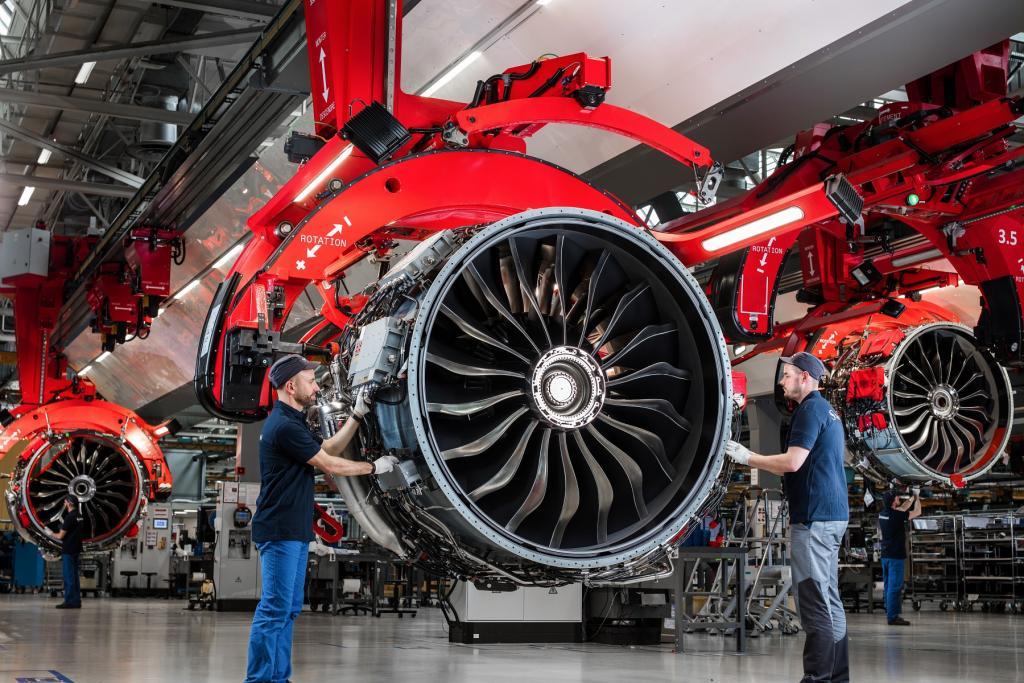
Safran's joint venture CFM has a goal to deliver 1,700 LEAP engines this year.
Aviation’s supply chain crisis has not abated and will last into 2024, the chief executive of Safran, Olivier Andries, has said.
Talking to the Financial Times, Andries said that the industry had moved almost immediately from an “unprecedented” crisis of demand—the COVID-19 pandemic—to an unprecedented crisis of supply due to shortages of parts, materials and labor.
His comments contrasted with that of financial advisory Lazard, which said that supply chain constraints were easing as “OEMs have become creative and focused on overcoming supply chain disruptions and labor shortages, which combined to keep actual production rates below target.”
However, reports of supply chain difficulties endure in the aviation aftermarket.
This week, John McHugh, vice president of technical services at aircraft asset manager Stratos, described “a highly challenging environment from a supply-chain and MRO availability perspective.” He was commenting following the sale of an Airbus A330-300 to an affiliate of DHL.
The off-lease aircraft had spent the past few months in maintenance before being delivered to Dresden, Germany, for conversion into a freighter, a process commencing in the coming months.
The maintenance and rework included engine repairs and work on the landing gears and airframe clearance.
Back at Safran, Andries reiterated the goal of joint venture CFM to deliver 1,700 Leap engines this year.
He also told the Finacial Times that unlike what has happened at rival engine maker Pratt & Whitney, no CFM Leap customers have had to ground aircraft because of engine problems.





